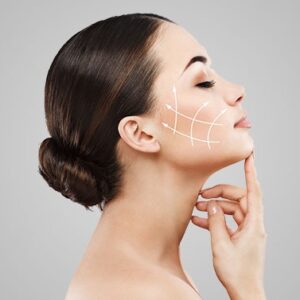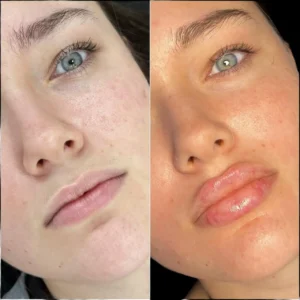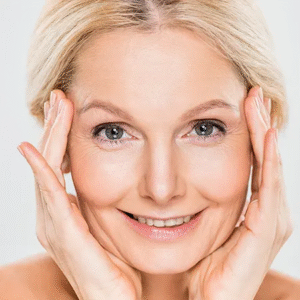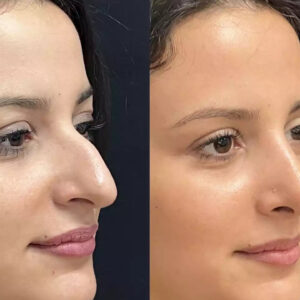Rhinoplasty, commonly known as a nose job, is one of the most frequently performed cosmetic procedures worldwide. It aims to enhance facial harmony, improve nasal function, or correct deformities resulting from injury or congenital issues. As with any surgical intervention, questions about safety are paramount, especially for those considering Rhinoplasty in Abu Dhabi or elsewhere. This comprehensive guide explores the safety aspects of rhinoplasty, addressing common concerns and highlighting essential considerations for prospective patients.
Understanding Rhinoplasty Surgery
What Is Rhinoplasty?
Rhinoplasty is a surgical procedure designed to reshape or resize the nose to achieve a more balanced facial appearance or improve breathing functionality. It involves modifying the bone, cartilage, skin, or all three components of the nose. The procedure can be tailored to meet individual aesthetic goals and functional needs, making it highly versatile.
Why Do People Opt for Rhinoplasty?
People pursue rhinoplasty for various reasons, including aesthetic enhancement, correction of congenital deformities, or restoring nasal structure after trauma. The procedure can dramatically improve self-confidence and facial harmony, which is why safety and efficacy are critical considerations before proceeding.
Safety of Rhinoplasty Surgery
Is Rhinoplasty Surgery Safe?
In general, Rhinoplasty Surgery in Abu Dhabi and worldwide is considered a safe surgical procedure when performed by a qualified and experienced surgeon. Advances in surgical techniques, anesthesia safety, and preoperative assessment have significantly improved the safety profile of rhinoplasty.
Key Factors Contributing to Safety
- Preoperative Evaluation: Proper assessment of the patient’s health status ensures suitability for surgery. Screening for underlying health conditions minimizes potential complications.
- Surgeon Expertise: Choosing an experienced, board-certified surgeon is essential. Skilled surgeons are adept at handling complex anatomical variations and potential intraoperative challenges.
- Anesthetic Safety: Modern anesthesia techniques and monitoring equipment enhance patient safety during the procedure.
- Sterile Environment: State-of-the-art surgical facilities reduce the risk of infections and other postoperative complications.
- Postoperative Care: Adequate aftercare and adherence to surgeon instructions promote healing and reduce risks.
Common Safety Protocols
Surgeons follow strict safety protocols, including meticulous surgical planning, aseptic techniques, and comprehensive patient education. These measures collectively contribute to making rhinoplasty a safe option for suitable candidates.
Factors That Influence Safety
Patient Selection and Health Status
Not everyone is an ideal candidate for rhinoplasty. Patients should be in good general health, without uncontrolled medical conditions, and realistic about achievable outcomes. Adequate consultation ensures alignment of expectations and physical suitability.
Surgical Technique
Different techniques exist, such as open or closed rhinoplasty, each with specific safety considerations. The choice depends on the individual’s nasal structure and aesthetic goals. A tailored approach enhances safety and results.
Postoperative Management
Proper postoperative care is crucial to minimize complications. This includes managing swelling, preventing infections, and monitoring healing progress. Clear communication between the patient and surgeon ensures optimal recovery.
Benefits of Choosing a Reputable Surgeon
Experience and Specialization
An experienced surgeon with specialized training in rhinoplasty understands the intricacies of nasal anatomy and can anticipate potential challenges. Their expertise reduces the likelihood of complications and enhances safety.
Customized Treatment Plans
A reputable surgeon develops personalized treatment strategies based on each patient’s unique facial features and health profile. Customized plans lead to safer procedures and more natural results.
Advanced Technology and Facilities
Modern surgical centers equipped with advanced technology provide a safer environment for rhinoplasty. These facilities adhere to strict safety standards and protocols.
Common Myths About Rhinoplasty Safety
Myth 1: Rhinoplasty Is Extremely Risky
While any surgery carries inherent risks, rhinoplasty performed in accredited facilities by qualified surgeons has an excellent safety record. Proper evaluation and postoperative care further mitigate risks.
Myth 2: All Rhinoplasties Have Unpredictable Results
When performed by experienced surgeons, rhinoplasty results are predictable and satisfying. Clear communication and realistic expectations contribute to successful outcomes.
Myth 3: Rhinoplasty Causes Long-Term Health Problems
There is no evidence linking rhinoplasty to long-term health issues when the procedure is performed correctly. Most complications are manageable and temporary.
Preparing for a Safe Rhinoplasty Experience
Comprehensive Consultation
A detailed consultation helps identify individual needs, medical history, and aesthetic goals. This step ensures that the patient is well-informed and prepared for the procedure.
Following Preoperative Instructions
Patients are advised to follow specific guidelines, such as avoiding certain medications, quitting smoking, and arranging transportation post-surgery. These steps enhance safety and healing.
Postoperative Follow-Up
Regular follow-up appointments allow the surgeon to monitor healing, address concerns promptly, and ensure safety throughout the recovery process.
Conclusion
Rhinoplasty Abu Dhabi can be a safe and rewarding procedure when performed under the right circumstances. Prioritizing surgeon expertise, proper patient selection, and adherence to safety protocols significantly reduces risks. As with any surgical procedure, thorough research, realistic expectations, and open communication with your healthcare provider are essential to ensure a safe and successful rhinoplasty journey.
FAQs
1. Is rhinoplasty surgery safe for everyone?
Rhinoplasty is generally safe for most healthy individuals. A comprehensive evaluation by a qualified surgeon will determine suitability based on medical history and overall health.
2. How long does it take to recover from rhinoplasty?
Recovery times vary, but most patients can expect swelling and bruising to subside within a few weeks. Full healing and final results may take up to a year.
3. Can rhinoplasty improve breathing as well as appearance?
Yes, rhinoplasty can address structural issues that impair breathing, in addition to enhancing aesthetic features. A thorough assessment ensures both functional and cosmetic goals are met safely.
4. What should I look for in a surgeon for rhinoplasty?
Choose a surgeon who is board-certified, has extensive experience in rhinoplasty, and a track record of successful outcomes. Proper credentials and patient reviews can also guide your selection.







